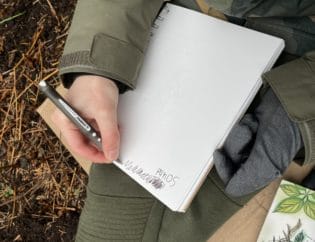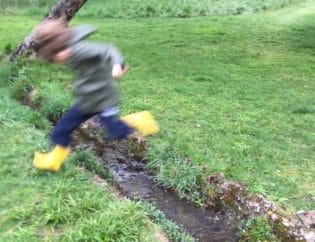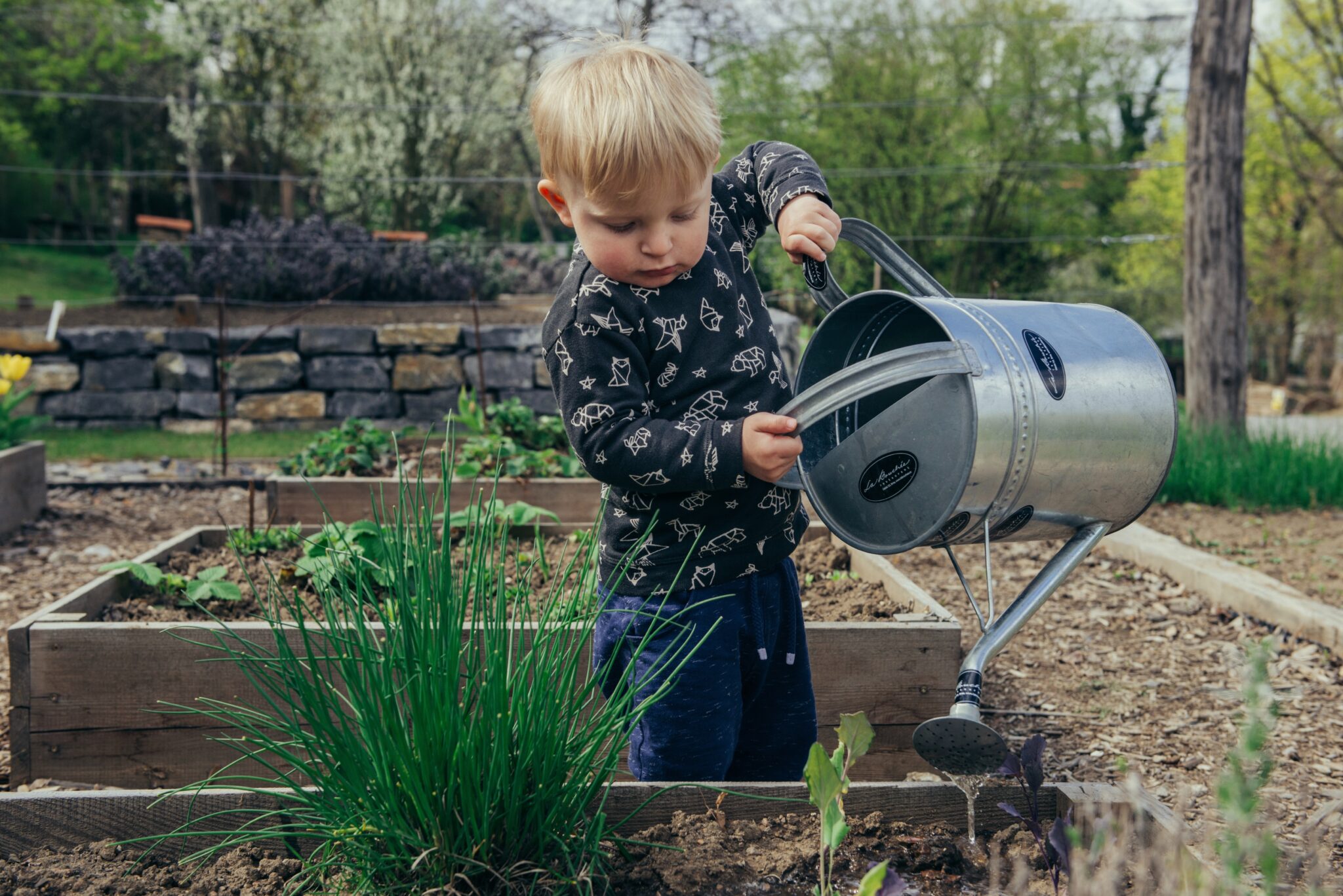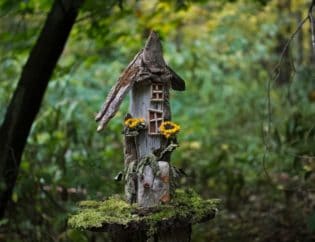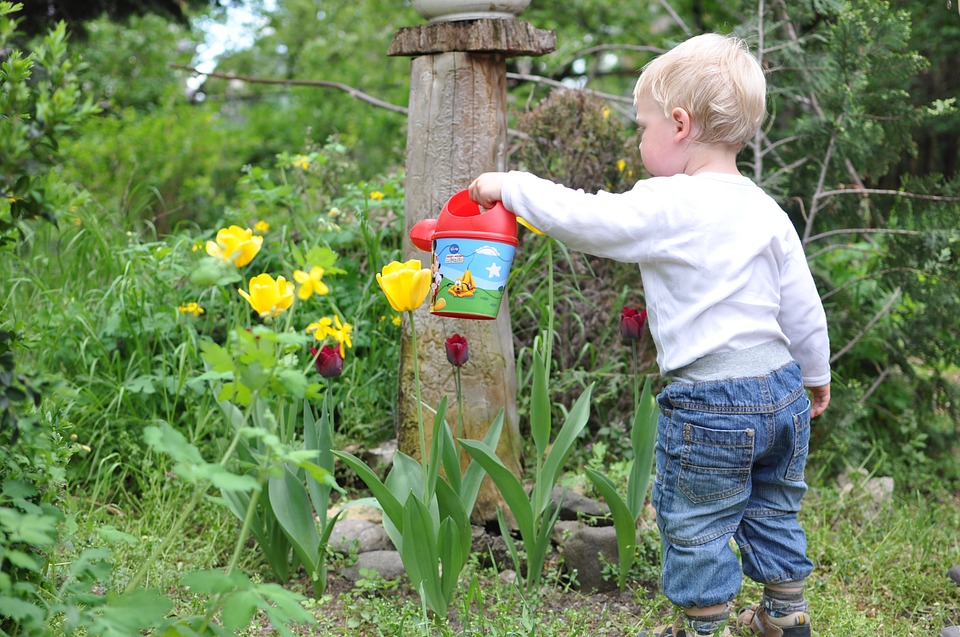
The outdoors naturally challenges a child senses with its many sounds, smells, textures, temperatures and colors. You can foster nature-based play for sensory development with your child in your own backyard by creating a sensory trail.
A sensory trail has a series of experiences along a route that are designed to engage the different senses and immerse us in a multi-sensory journey. You can set up a sensory trail with both natural and man-made sensory experiences.
You and your kids can collaborate on planning the trail. Map out where paths would be, best places for tree climbing, ideal spots for a garden. Think logs for walking/balancing; sticks for fort building; pails and shovels for setting up mud kitchens.
In creating your trail, don’t forget about comfort. Shady spots are key. So look for tree cover or put up a tarp to create your own shade. Seating is also important to encourage hours of outdoor time. Logs, tree stumps, hammocks or stools can do wonders in making the spot comfortable.
Engage smell, touch, taste and sight with a sensory garden along your trail. Plants offer a wealth of sensory opportunities with their many shapes, colors, sizes, fragrances, and tastes. KidsGardening.org has created excellent resources on sensory garden planning including a list of plants ideal for sensory gardens. Sunflowers for gazing at, Celosia or Lamb’s Ear for touching or Stevia for tasting are a multi-sensory extravaganza! 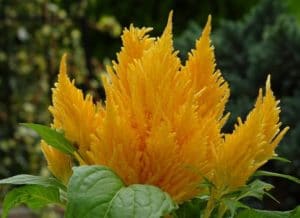
Just remember to do your research for nonpoisonous plants leaves or flowers should be as natural as you can make it. Let your kids drive the action. And watch them develop sensory superpowers!



